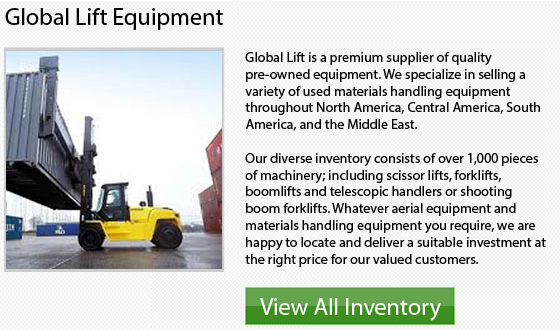
Telescopic forklifts are designed to have a pronged lift which uses a crane or an arm to come over the top of a truck. These lift trucks enable you to lift the load a lot higher and have better control of where it goes at those heights. This extra control is due to the fact that you are moving the cargo on the end of a crane, that is known as a telescopic boom.
The cargo can also move both towards and away from the forklift cab too and this unique feature is something that regular lift trucks are unable to do. The telescopic forklifts could provide both height and versatility. The telescopic forklift is super common within the construction and agricultural businesses. Additionally, they are a great choice in circumstances where you must work with something which needs more control that a regular lift truck.
Frame Tilt
The frame tilt is a unique feature that is common to telehandlers. The operator can activate controls to alter the lateral or side to side angle of the frame. This frame can be moved 10 to 15 degrees in either direction from horizontal. There is a liquid filled tube that is curved and mounted in the cab. This is the level indicator or frame tilt indicator and works like a carpenter's level. It has a bubble indicator which indicates the lateral angle of the frame relative to the ground. This is an extremely handy apparatus which is utilized to make sure that the frame is level before raising the boom in rough environments.
Steering
Rear wheel steering is offered on several telehandler models, which is similar to a vertical mast type unit. Most unit's offer 3 steering options that the operator can choose; crab, circle and front steering. Like for instance, if the operator chooses the "front" steering option, just the equipment's front wheels would react to the steering wheel's movement.